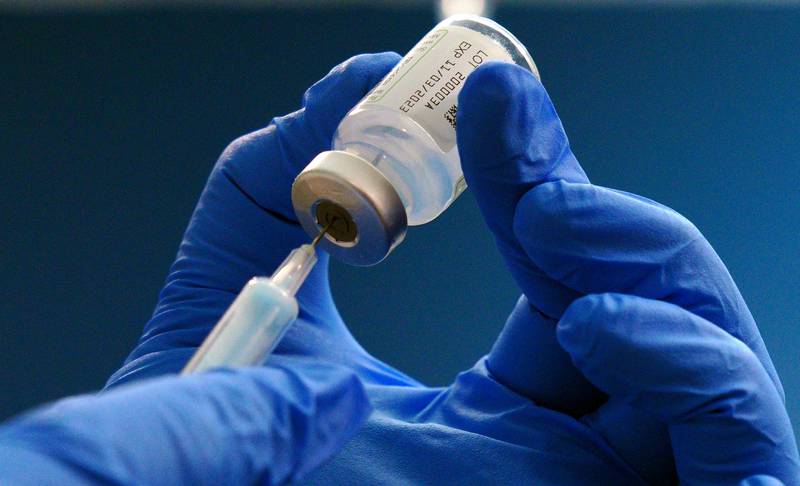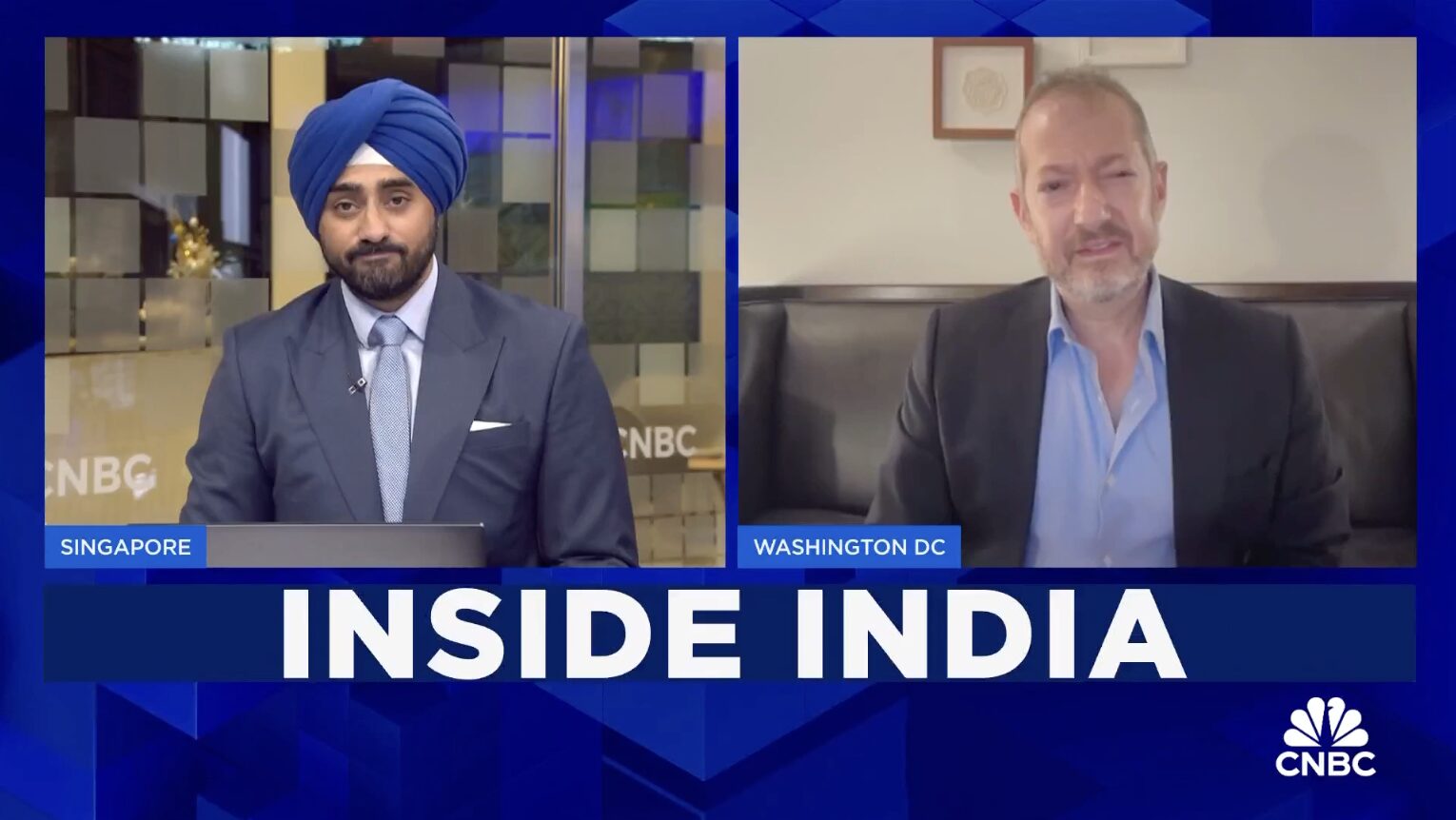
Dr. Sanjay Gupta: Explains the Science of Mouth-Taping
There’s a new sleep trend making waves: taping your mouth shut at night. Advocates say it can help you breathe better, sleep deeper, and even…
Thought Leader: Sanjay Gupta

The U.S. is seeing early signs of a COVID-19 bump, and while many experts don’t believe it will materialize into a significant surge, there is concern as to whether there will be enough vaccine uptake to stave off a simultaneous surge of flu, COVID-19 and respiratory syncytial virus over the fall and winter months.
COVID-19 hospitalizations rose by 10.3 percent for the week ending July 15, marking the largest weekly increase the U.S. has seen since December. CDC data also shows emergency department visits for COVID-19 are increasing. While these increases shouldn’t be shrugged off, some level of increase in severe disease is expected when the virus is circulating at higher levels.
“When we look at our data, we have noticed that since late June to the beginning of July and probably through now, there has been a mild uptick in cases and these are based on samples sourced from pharmacy-based testing and also from health system-based testing,” Shishi Luo, PhD, associate director of bioinformatics at Helix, told CNN in a July 28 report. Helix is a gene sequencing company that supports the CDC to track gene changes of the virus.
One sign experts find hopeful? The increase is not being driven by a single dominant variant. Rather, CDC data indicates a slew of XBB relatives make up the majority of cases.
Looking ahead to fall, “Our challenge will be to organize ourselves to actually receive these vaccines” and combat vaccine hesitancy, William Schaffner, MD, a professor in the division of infectious diseases at Nashville, Tenn.-based Vanderbilt University School of Medicine and former medical director of the National Foundation for Infectious Diseases, told Vox. Health experts are betting on a trio of vaccines to help prevent a repeat of the “tripledemic” that strained hospital resources last fall and winter, but there’s no telling whether there will be enough uptake among the general public to prevent such a repeat.
For the first time, Americans most at risk of severe illness from RSV will have access to shots that protect against it, and new COVID-19 boosters that target XBB variants are expected in September.
“I want to get the new booster,” Michael Osterholm, PhD, director of the Center for Infectious Disease Research and Policy at the University of Minnesota in Minneapolis, told CNN. “I really think that that vaccine is going to be a much better vaccine [compared to the bivalent booster] in terms of long-term protection, so I want to get it as soon as it comes out,” he said.
About 17 percent of the U.S. population has gotten the booster that targeted the ancestral strain and omicron variants BA.4 and BA.5.
Dr. Sanjay Gupta: Explains the Science of Mouth-Taping
There’s a new sleep trend making waves: taping your mouth shut at night. Advocates say it can help you breathe better, sleep deeper, and even…
Thought Leader: Sanjay Gupta
Joe Grogan: The Alzheimer’s Economic Threat
Social Security could become insolvent in as little as eight years, with more people retiring and living longer and fewer paying into the program. Alzheimer’s disease is…
Thought Leader: Joseph Grogan
Evan Feigenbaum on the outcomes of Putin’s India visit
Evan Feigenbaum of the Carnegie Endowment for International Peace argues that none of India’s major challenges can be meaningfully addressed by deepening ties with Russia.…
Thought Leader: Evan Feigenbaum

